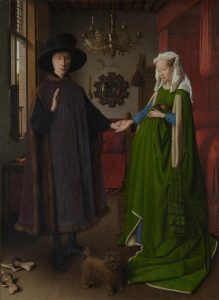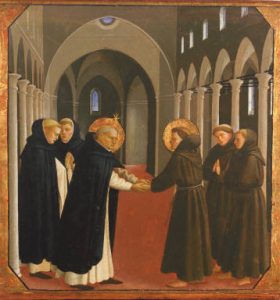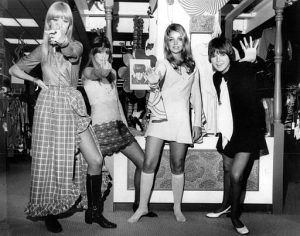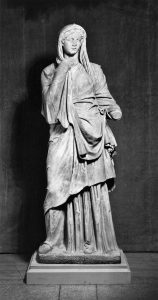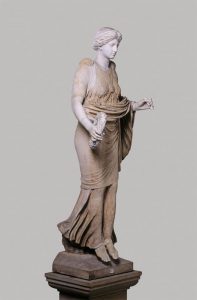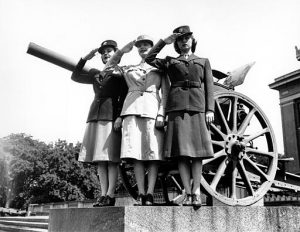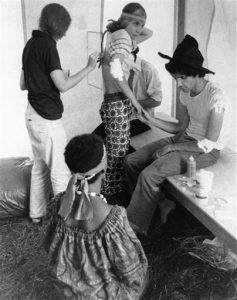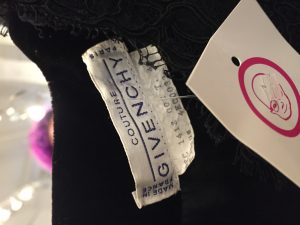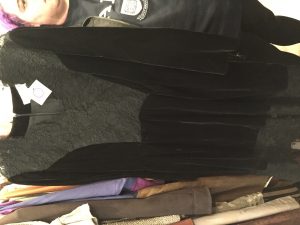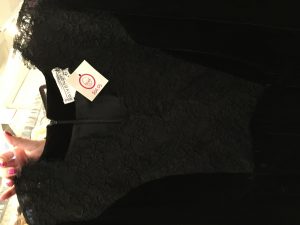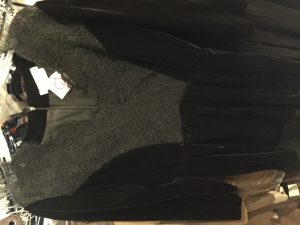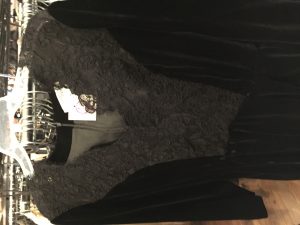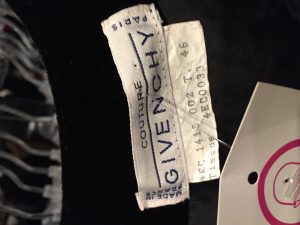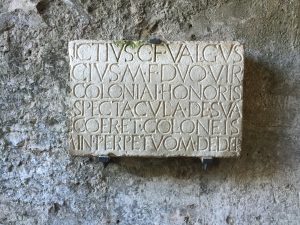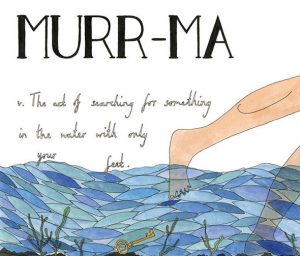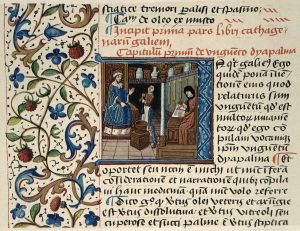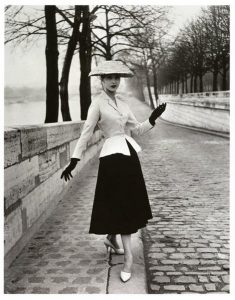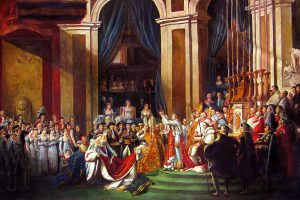Jan van Eyck, Portrait of Giovanni Arnolfini and his Wife. 1434, oil on oak, 82.2 x 60cm. The National Gallery, London, England. Available from: ARTstor, www.artstor.com (accessed February 27th, 2017).
Language has a class system just like in society, so naturally this would affect the dress of different classes in different time periods.This image is reflective of a distinct class and their dress habits which can be compared to their role in society at the time.
Fra Angelico, The Meeting of St. Francis and St. Dominic. 1420-1440, tempera on panel, 26 x 26.7cm. The AMICA Library, San Fransisco, California, USA. Available from: The New School Collections, http://p8181-dmc.library.newschool.edu.libproxy.newschool.edu/luna/servlet/detail/AMICO~1~1~59321~91915:The-Meeting-of-St–Francis-and-St–?sort=OCS&qvq=q:fra%2Bangelico;sort:OCS&mi=2&trs=69 (accessed Feb. 27, 2017).
Just like language reflects a society, so does a language change in what your vocation is in life. Monks are removed from society and the language they use is reflected in their differing dress.
Marc Jacobs for Perry Ellis, Spring Ready to Wear 1993. 1992, photograph. Vogue Runway, New York, NY, USA. Available from: Vogue Runway, http://www.vogue.com/fashion-shows/spring-1993-ready-to-wear/perry-ellis (Accessed Feb. 27, 2017).
Subcultures influence society and signify a change in society’s point of view. Subcultures introduce words and ideas like “grunge” which then finds itself into fashion.
Associated Press, Fashion Quant Mod Styles. October, 25th, 1968. Photograph, 2360 x 3000 – 1.45 MB. AP Images, Little Rock, Arkansas, USA. Available from: AP Images, www.apimages.com (Accessed February 26th, 2017).
Changes in acceptable fashion signify a major change in a society’s language about a particular topic. For instance, Mary Quant introducing the mini-skirt shows a change in the way society, or part of society, viewed feminism.
Greco-Roman Anonymous, Woman. 1st Century BC, marble. 194 x 68.6 x 46 cm. The Walters Art Museum, Baltimore, MD, USA. Available from: ARTstor, www.artstor.com (accessed February 26, 2017).
Ancient Rome was simple and structured. This need for military-esque order is evident in their language. This is reflected in the way they dressed by simply taking a piece of woven fabric and draping it on themselves. It is interesting however that the way she drapes it here signifies a specific time period.
Anonymous, Nike. Copy of 4th Century BC original, sculpture. Berlin State Museums, Berlin, Germany. Available from: ARTstor, www.artstor.com (accessed February 26, 2017).
Anonymous, WII Women War Effort (Gloria Pickett, Jane Greer, Inga Rundvold). 1942, photograph. 2322 x 3000 – 1.07 MB. Washington DC, USA. AP Images, 5056089. Available from: AP Images, www.apimages.com (Accessed February 26, 2017).
WWII saw a particular change in language. Propaganda was everywhere for the war efforts and the way people talked about it reflected America’s values. This sense of duty and unity can also be seen influencing women’s wear and the language of the new role they were taking on.
Associated Press, Woodstock 1969. August 15, 1969, photograph. 4674 x 3693 – 11.62 MB. Bethel, New York, USA. AP Images, 6908150250. Available from: AP Images, www.apimages.com (Accessed February 26, 2017).
Subcultures, such as the hippie movement in the late 60’s and early 70’s represent a change in the way society saw the war happening around them. This movement and language of love and freedom is clearly shown in the way they dress.
Olivia Swinford, Luis’ Mother. July 2015, photograph. Huasipamba, Ecuador. Available from: Personal Archives (Accessed Feb 26th, 2017).
Olivia Swinford, Women in Huasipamba, Ecuador. July 2015, photograph. Huasipamba, Ecuador. Available from: Personal Archives (Accessed Feb 26th, 2017).
These two images I took when I spent 3 weeks in a small town in Ecuador. Being struck by the language barrier, I was also struck by the beautiful. colorful skirts, and the way the women of the town dressed, even to do their everyday work of milking cows and gardening. Both felt foreign to me but tied together in some way.
